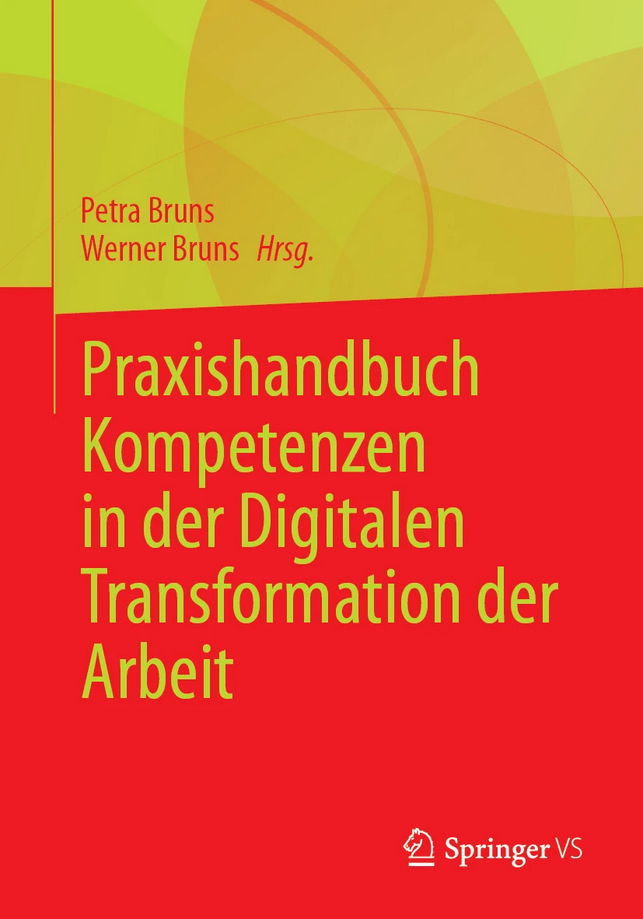Sebastian Eschenbach from the Department of Digital Economy and Ann-Christine Schulz from the Institute for Digital Transformation and Strategy (IDS) present the latest results of the MA 23-funded research project on successfully mastering the digital transformation in the practical handbook “Kompetenzen in der Digitalen Transformation der Arbeit”.
Together with Anne Busch from the FH Wiener Neustadt, Sebastian Eschenbach and Ann-Christine Schulz will present practice-oriented approaches on how smaller, established companies can also take advantage of the opportunities presented by the digital transformation. After all, the digital transformation is challenging established companies in all sectors. In order to remain competitive, they need to adapt to the new circumstances. It is often not enough to simply integrate new technical solutions in order to optimize operational processes. Instead, existing strategies, structures and processes need to be fundamentally rethought. Despite the general open-mindedness of Austrian small businesses towards new, digital technologies and increasing competitive pressure, companies still seem to find it difficult to strategically realign themselves for two reasons:
- They often maintain close, personal contact with the users of their products and services.
- They almost always operate in traditional, linear value chains.
However, the future potential of digital transformation lies
- in the digitalization of interaction with the users of products and services and
- in the development of non-linear value creation networks.
Companies must become adaptable to successfully exploit this potential. To actively initiate change, methods of strategic early recognition and the development of change competence in the organization are required. The targeted development of organizational ambidexterity appears to be a key to this. The requirements for “efficiency” and “flexibility” in the company must be equally considered and balanced.
This is not just a question of technology. It is also a question of strategy, the organization and its culture.


